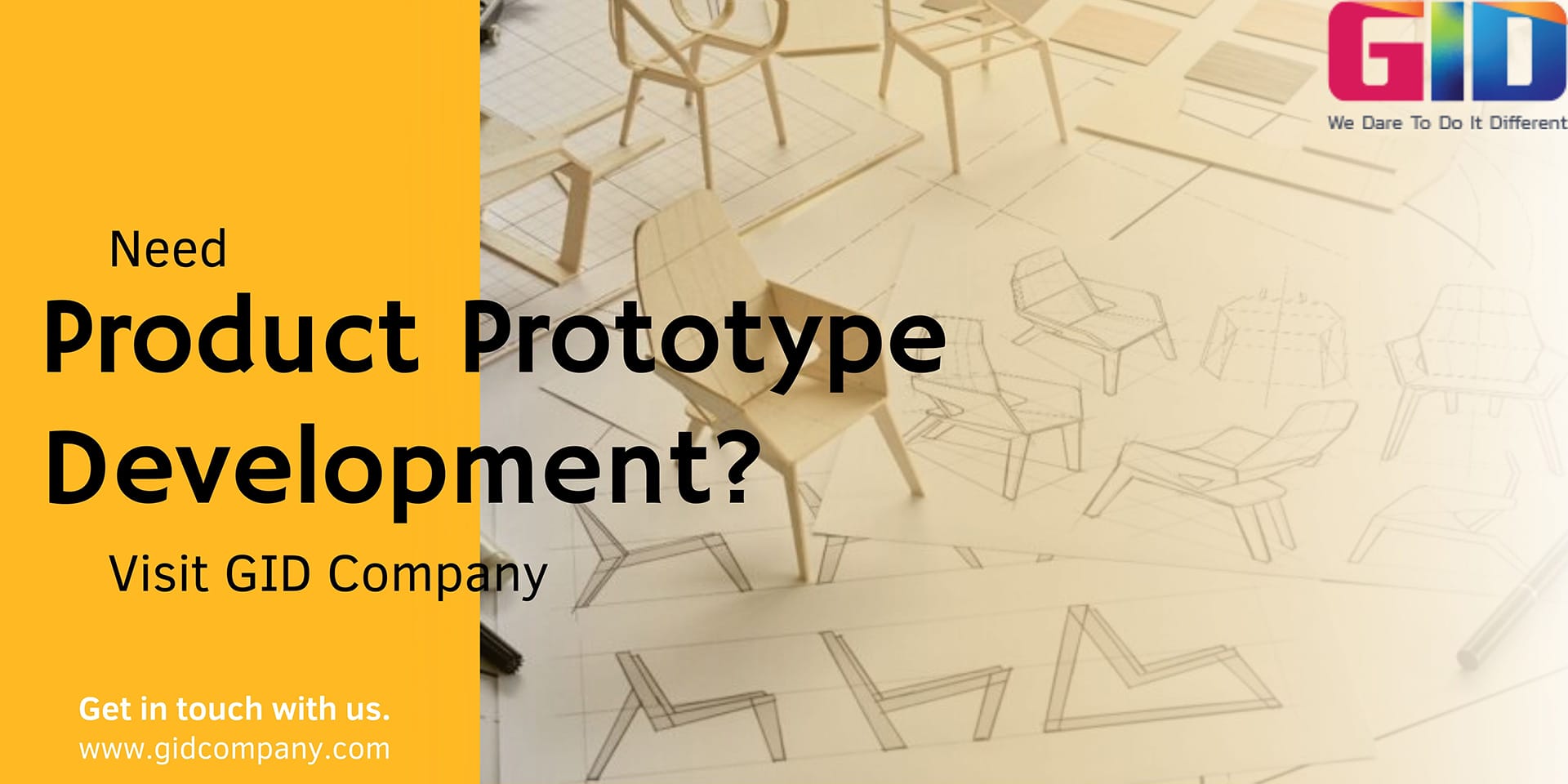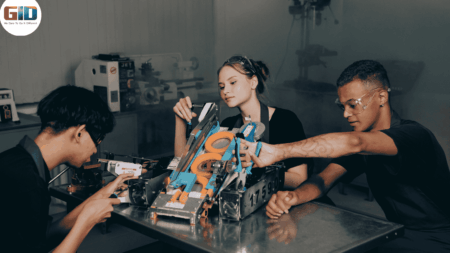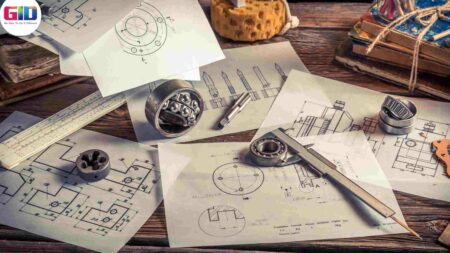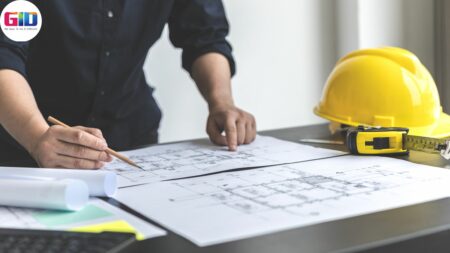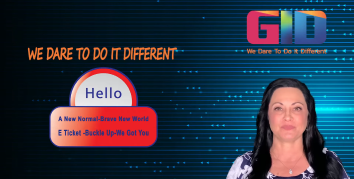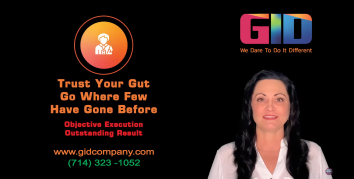Developing a useful product prototype involves several key strategies to ensure its effectiveness and relevance. Start by clearly defining the problem your prototype aims to solve and understanding your target audience’s needs through detailed research and user feedback. This foundational knowledge will give you useful product prototype development tips in detail.
Product prototype development is one of the most important phases in the new product development process. While the process of manufacturing and taking a product to market can be daunting and overwhelming for an aspiring entrepreneur, the most important step, after finalizing an idea, is to build a product prototype. A product prototype allows your customers, investors, and partners to see a physical representation of your concept. However, prototyping a product is much more than just a drawing it is a complex process that requires expertise in different aspects of engineering.
Useful Product Prototype Development Tips:
Define Specific Needs:
The first step towards successful product prototype development is deciding what your requirements are. You need to pen down what you require and expect from your product prototype. Are you planning to develop a rough model or a more detailed, fully functional and presentation-ready model of your concept? Depending upon your future plans and the capital available, you have to decide where to start.
Find Experienced Partner:
After penning down all your requirements, it’s time to find a product prototype development company to work with you. Hiring a company for product prototyping may sound unusual to you, but it is necessary unless you have experience in handling CAD software and 3D printing. You won’t be able to handle everything involved with developing a product prototype by yourself. Finding a local partner is a great way to develop a lasting relationship for the further development of your product.
Design Rendering:
Now, as you have decided upon the type of prototype and have a product development company ready to assist you, you need to bring your concept on paper or get it designed by professionals. Get a rendering form of the prototype you actually need so that it can become a reality. At this initial stage, don’t shoot for perfection because chances are, you will be making numerous modifications to your current concept.
Bill of Materials:
Since you have brought your concept to the paper, it’s time to analyze what it takes to get it developed. The company you hired for prototyping and manufacturing purposes should be aware of the costs of materials you require for developing a prototype. Ask the company about the cost of the materials required and the types of materials required for the future development of the product as well. This is one of the useful Product prototype development Tips.
Capital Investment:
Capital investment is a useful product prototype development tip whenever you are developing a prototype or manufacturing a product, you should avoid unnecessary spending of money. Depending on the type of your project, a prototype can be developed using limited and easily accessible materials such as cardboard, paper, plastic, etc. This step will help you avoid unnecessary spending of money.
The most important point to remember while developing a product prototype is that your first prototype is only a representation of your concept and doesn’t have to be perfect. As you move ahead with the prototyping process, you will experience numerous changes in the coming weeks and months.
Do you have a new product concept in your mind? Do you want to discuss the feasibility of your concept? Do you want to design or prototype your concept? If yes, industry veterans at the GID Company are here to help. Call Jim at 714-323-1052.
You May Also Like

